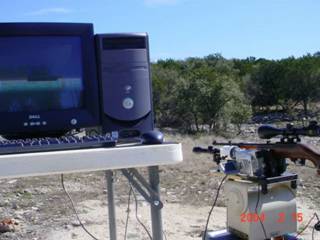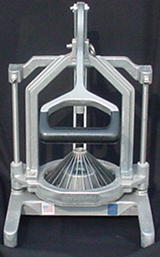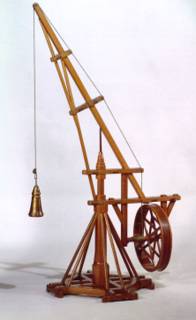
Reg has starting teaching Yoga at my old school again. He emails this interesting
link, and writes
Have you read Steven Pressfield's "Gates of Fire" or Ernle Bradford's "Thermopylae:The Battle for the West"? One of the students wanted my opinion on whether the stand of the Spartans and their allies was an act of heroism or folly. My inclination is toward heroic self-sacrice but I'm going to read up so I can make an informed argument.
How discussion of people transfixing each other with spears affects the mellow environment of a yoga class, I do not know. Nevertheless, while I have not yet heard of Bradford, I did read Pressfield last year. His book is entertaining - sort of like a Patrick O'Brian novel, but with spears and sandals instead of floggings and grapeshot.
Pressfield's book does a good job of making the Thermopylae story plausible, and even humane. His Spartans are not mirthless automatons or gods who shit marble (to quote Amadeus), but fairly three-dimensional human beings. While Pressfield does address aspects of Lacedaemonian society that might be uncomfortable to modern readers, such as the helot-hunting death squads, his overall sympathy towards the Spartans is evident.
The battle at Thermopylae itself is often hyped by others, as a "stand of 300 against an army of 2,000,000". Pressfield describes a more down-to-earth, believable conflict - a positional defense by several thousand Spartiates and Allies against several divisions of Persians. Many on the Persian side are somewhat unmotivated allies, and even the best Persian troops, the Immortals, are fundamentally ill-equipped to face what is to them a novelty: heavy infantry.
Reading Pressfield's battle descriptions, one can see that he is heavily influenced by Victor Davis Hanson's The Western Way of War: Infantry Battle in Classical Greece. Hanson's book does for the Hoplite battle what John Keegan's The Face of Battle did for Agincourt, Waterloo, and the Somme: to attempt to answer the questions, what did it feel like, smell like, to be standing there in this horrible event, in the dust and sweat? Hanson describes in detail what, at that time, was a new and strange type of warfare: two tightly-packed groups of humans pushing against each other with spears in a sort of bloody rugby scrum. When one side tired and turned to run away, they were set upon in a murdurous frenzy by the victors.
Elsewhere in the world, warfare was more tentative, indirect, closer to the game-like ritual battles of 'primitive' tribes. The Greeks were the first soldiers who would have understood the stated purpose of a 20th century company of Marines: to "close with and destroy the enemy ". According to Keegan in his History of Warfare, an Asian army of this same era would have been bewildered by the idea of "closing with" the enemy, and so was unready to face the bronze-encased, turtle-like Greeks. This mismatch eventually leads to the whole Alexander thing - the Greek method of war was like a big boulder sitting on a ledge, waiting to roll down on everyone else. Indeed, once can argue that this kernel of unrelenting fierceness the Greeks introduced travels all the way down to us, through the Romans, the colonial wars of Europe, all the way to Hamburg, Dresden, and Hiroshima.
George Clooney and Steven Soderbergh plan to make a film of _Gates of Fire_, but I am having trouble imagining Bruce Willis in the role of Leonidas, as has been rumored. The role of Leonidas as depicted in the novel should, without doubt, be played by Jürgen Prochnow. I do hope, also, that they do not depict the Thermopylae-era Spartans with the upside-down "V"s on their shields - that detail is from the Peloponnesian War , two generations later (unfortunately, Frank Miller's graphic novel 300 makes this mistake).
The site Reg sent has a nice page on equipment. We are used to seeing crusty greenish-bronze objects from antiquity underneath the cases of a museum, and so it is a shock to see how the panoply was originally intended to look: highly polished to a mirror sheen. To us, this effect looks strangely artificial and cheap. Shiny objects are easy to obtain in our world, such as a two-dollar roll of tinfoil. However, 2500 years ago the look of polished metal must have been startling; in a world of coarse-spun wool and pottery, a burnished cuirass signified fabulous wealth. It would be nice to own some of this stuff, but I might be mistaken for a Goldwing-riding, sword-collecting sysadmin.
For those that do enjoy looking at pictures of gleaming ancient weapons, let me recommend Peter Connolley's book Greece and Rome at War. There is a painted depiction of a Spartan in the book that looks suspiciously like Sean Connery.
Did the failure of the Persian attempt to invade Greece have any real long-term effect on western history? Did the Greeks "save" civilization? Pressfield's book implies 'yes', but I am not sure this is true. I'm still thinking about it. Comments and opinions are welcome.

















